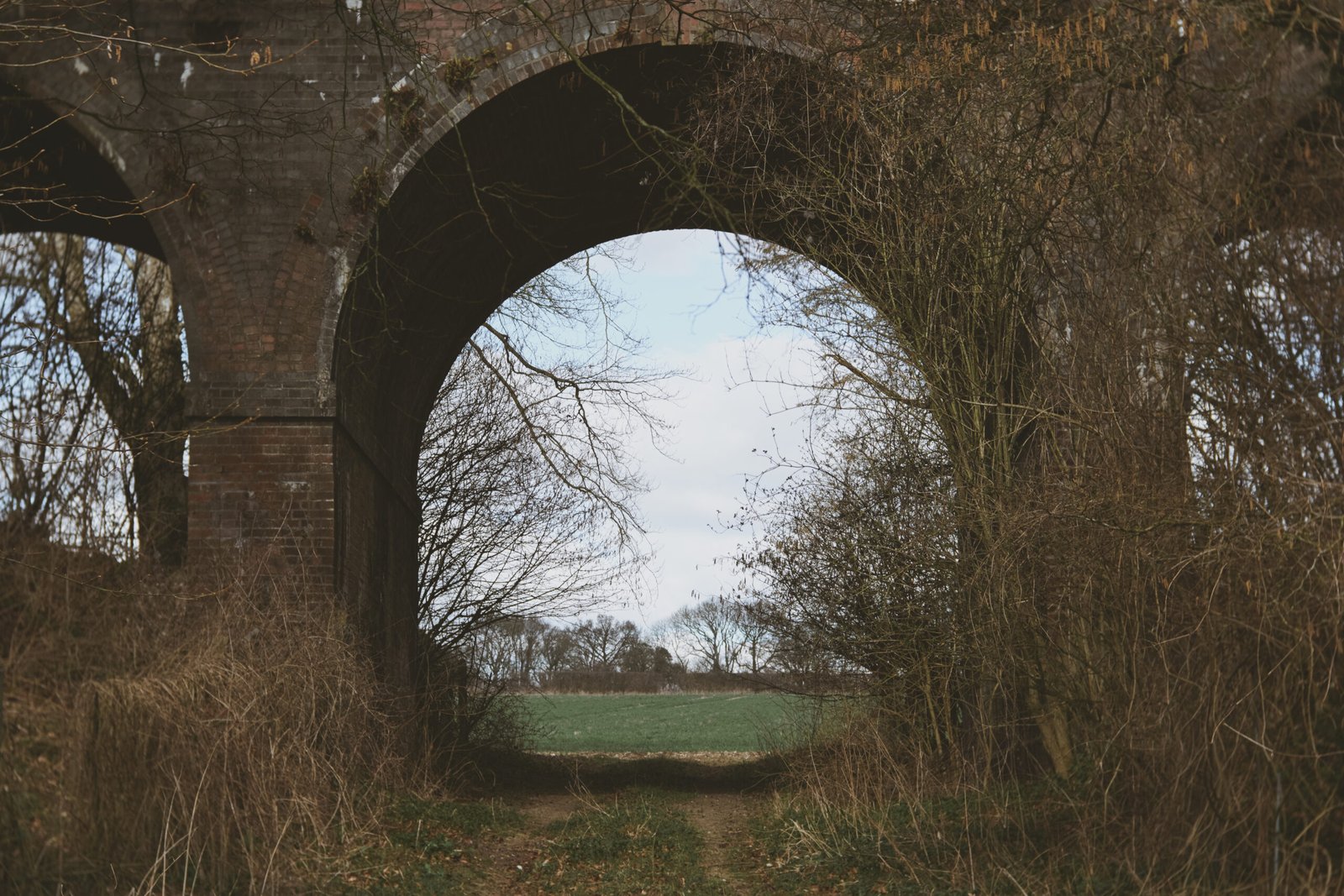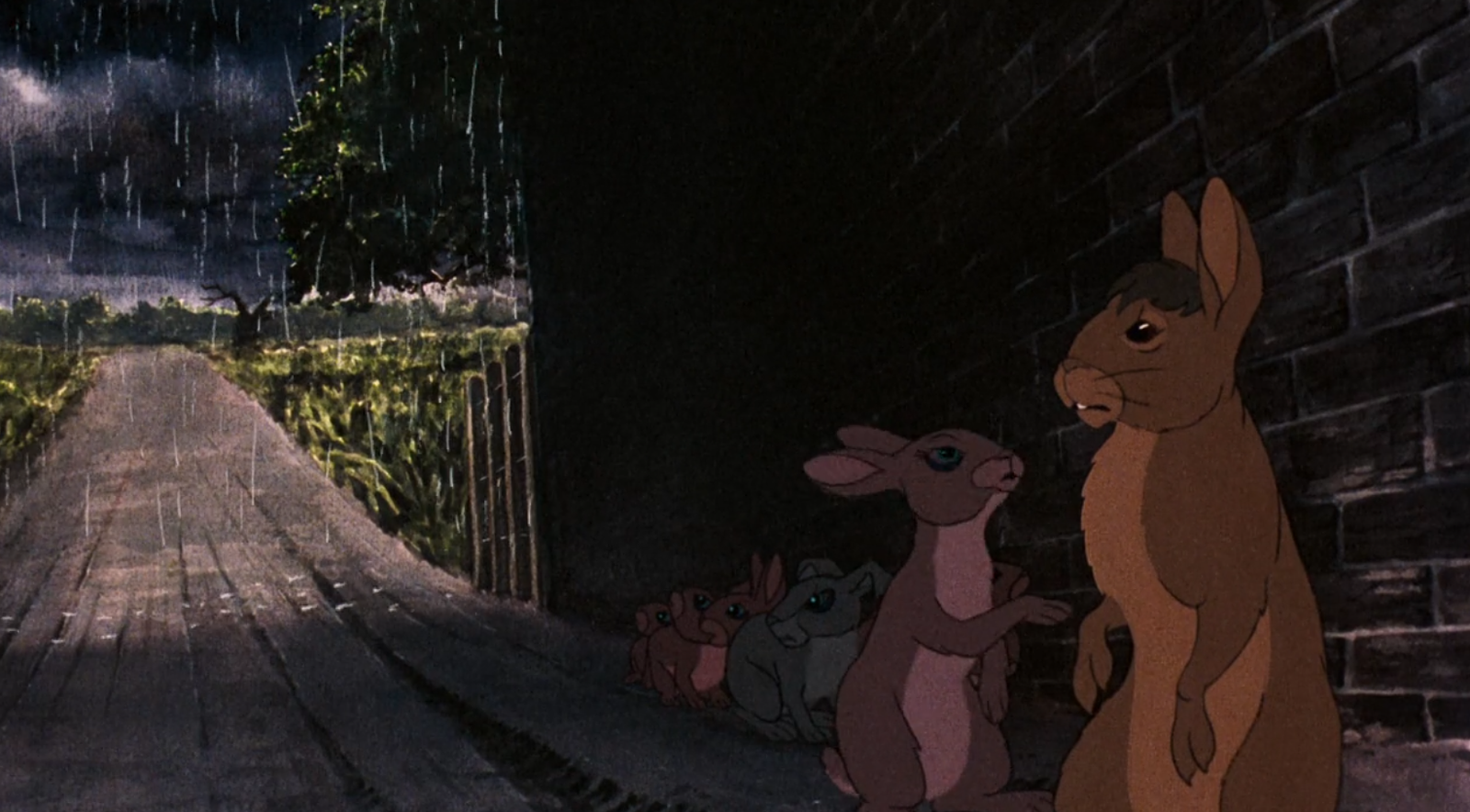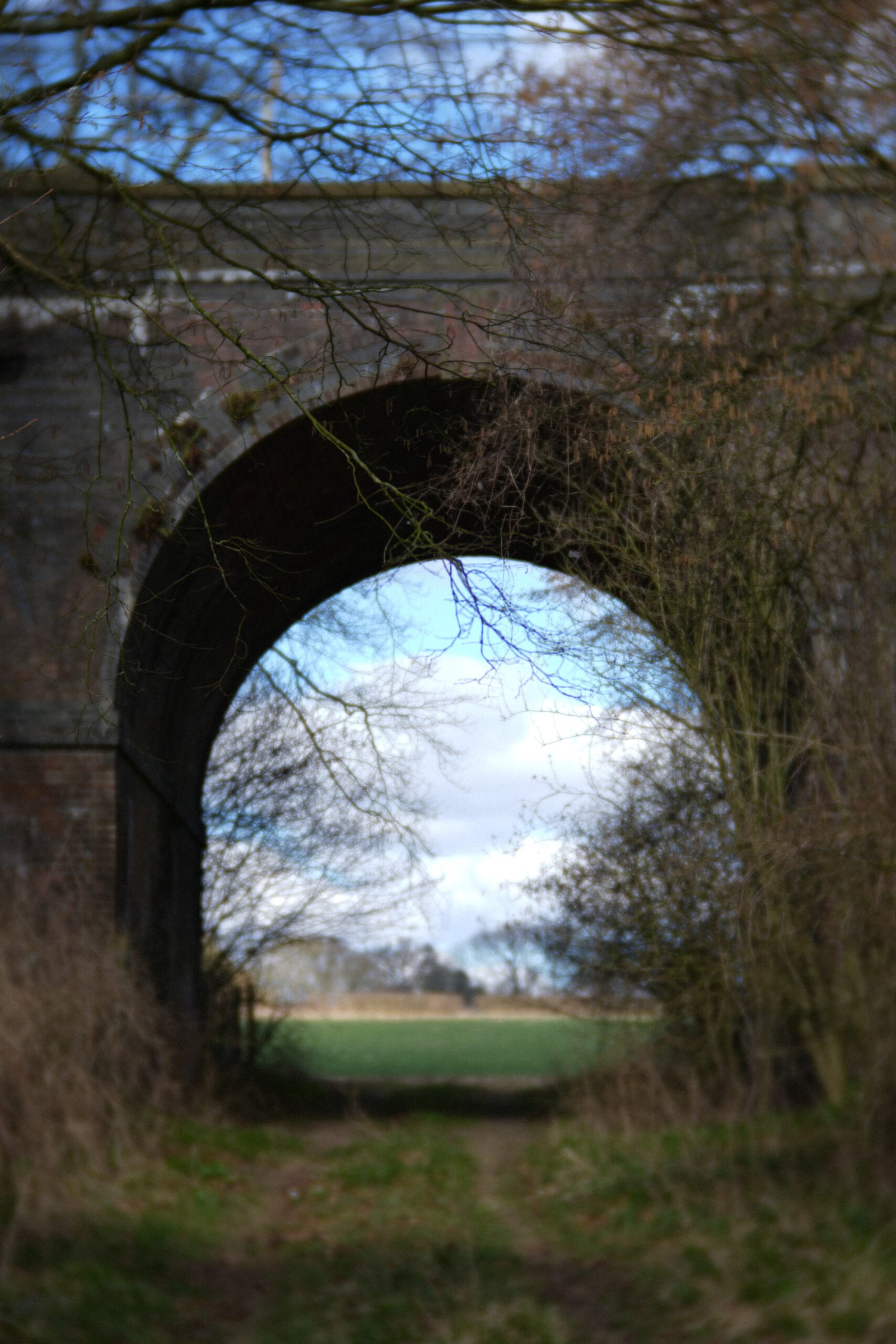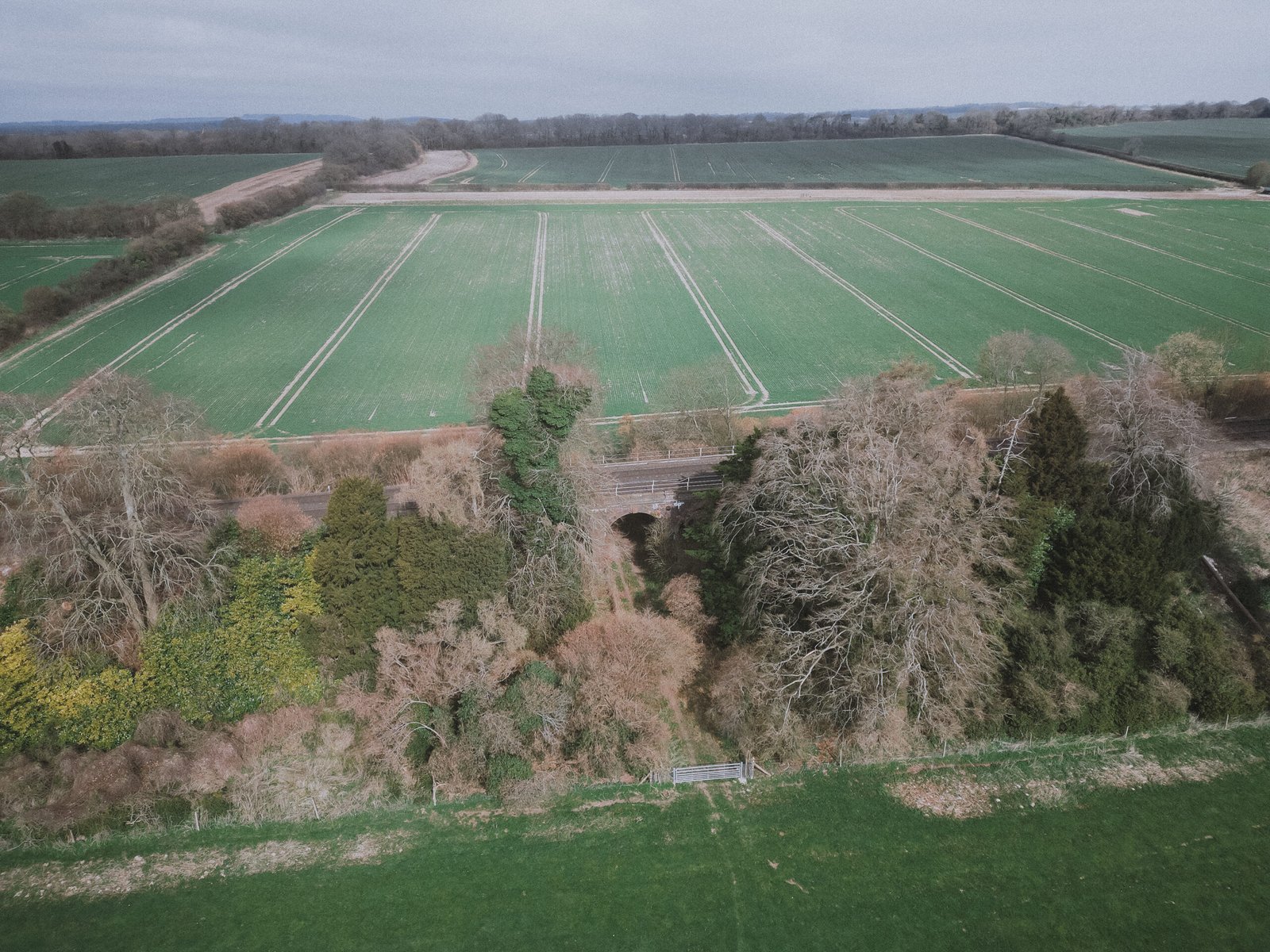On the Real Watership Down
The Great Arch
A railway underbridge marking the southern perimeter of Efrafan control. In the film it becomes the site of a confrontation between Bigwig and Woundwort.
We crept into it and came out on the side where we’d gone up. Then we went a long way through the fields, until I reckoned we must be clear of Efrafa.’
Chapter Twenty Seven—’You Can’t Imagine It Unless You’ve Been There’.
Although Richard Adams offers very little description of what Bigwig describes as a ‘great arch’ under the Iron Road (Chapter Thirty Five, Groping), it is a significant landmark in both the book and the 1978 movie. Bigwig must pass through it on his way into Efrafa (Chapter Thirty Four, General Woundwort), and whilst subsequently fleeing with Blackavar, Hyzenthlay and a group of does (Chapter Thirty Eight, The Thunder Breaks). It also represents the southernmost boundary of territory under the control of General Woundwort.
The arch is the central and largest of three within an underbridge between Whitchurch and Overton railway stations. It is on private property, but I was fortunate enough to cross paths with the farmer, Jackie, who kindly allowed me access.
I was surprised to see how similar the site looks in 2025 compared to its representation in the film. The main difference is that the film’s arch is somewhat tidier. Then again, who is going to know what it is like down there other than the farmers and their employees?
The three arches of the viaduct, looking northwards.
A similar view as Bigwig and the fleeing efrafans wait for Kehaar.
So, just why is there a viaduct in a field that has nothing more than what is now a rough track running underneath it? When I spoke to the current farmer, she was not completely certain. However, I expect the suggestion offered by Chris Boyce is correct: he notes that that it may well be an ‘occupation crossing’. These crossings were legally required to be installed along stretches of new railway line that divided a private landowner’s property. Many of these crossings, on flat ground, were accessed by five bar gates. However, in the case of track mounted on an embankment, it was usually necessary to construct an underbridge such as this one.
The western side of the central arch.
The same location represented in the movie.
On his 1983 visit to the arch, Boyce discovered a fair amount of Watership Down related graffiti on the walls of the arch. Today, there is very little to see beyond a few largely indistinguishable, blurred chalk or stone marks. I could just about make out the ‘FIV’ in ‘Fiver’ but that was all.
Some visitors may have attempted to climb the embankment due to its significance in the flattening of Captain Charlock, but trespassing on a railway line is a criminal offence and generally plain dumb. Furthermore, the barbed wire fence of the film has been replaced by a sturdier structure and the slope behind it is covered with dense undergrowth.







